A Story from Andreas Jung & Tim Meyer-König:
"Stability- and Towingtests with a Bee-wing"
To give you precise values for the stability of Bee-wings, we did some heavy-duty research with Andreas old wing in the laboratry of Tims institute. Mounting the wing on a high tech test facility, we attached a fuselage-simulating-device underneath it and slowly increased it's weight.
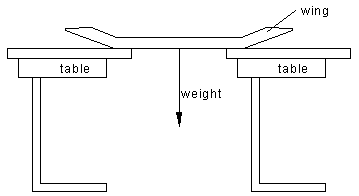
| For the acceptance of the testresults by the world wide Bee-flyers-legion we did all the tests under the supervising views of Prof. Dr. habil. Chicken, who advised us during the tests. | 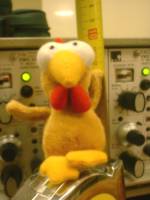 |
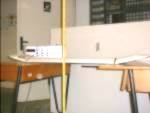 |
weight: 0 kg, deformation: 0 mm |
 |
weight: 1.5 kg (equals an acceleraton of about 1.5 g), deformation: 0.5 mm |
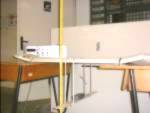 |
weight: 3 kg (equals about 3.0 g), deformation: 0.75 mm |
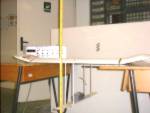 |
weight: 4.1 kg (equals about 4.1 g), deformation: 1 mm |
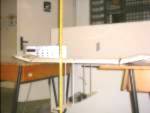 |
weight: 5.1 kg (equals about 5.1 g), deformation: 1.2 mm |
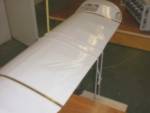 |
first deformations in the aft part of the covering can be seen |
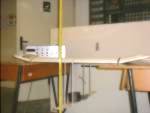 |
weight: 6.3 kg (equals about 6.3 g), deformation: 2 mm |
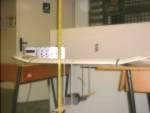 |
weight: 7.8 kg (equals about 7.8 g), deformation: 2.8 mm |
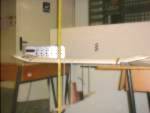 |
weight: 10.5 kg (equals about 10.5 g), deformation: 3 mm |
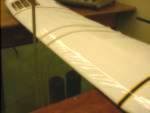 |
with this weight, deformations in the nose-part appear |
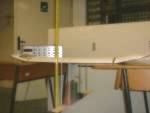 |
weight: 12 kg (equals about 12 g), deformation: 4.2 mm |
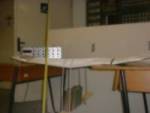 |
weight: 15 kg (equals about 15 g), deformation: 35 mm |
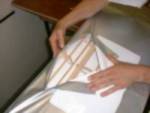 |
at this point the leading edge-section collapses, the main spar survives, maybe the Bee could still fly, so we go on with increasing the weight... |
 |
weight: 19 kg (equals about 19 g!!!), deformation: 35 mm |
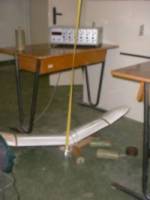 |
weight: 22 kg (equals about 22 g), even the main spar collapses |
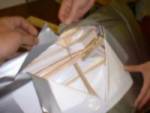 |
this severe destruction leaves no possibility of the Bee to keep airborne |
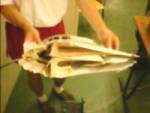 |
Out of this precise part of scientific research, we evaluated the following deformation-to-force diagram: |
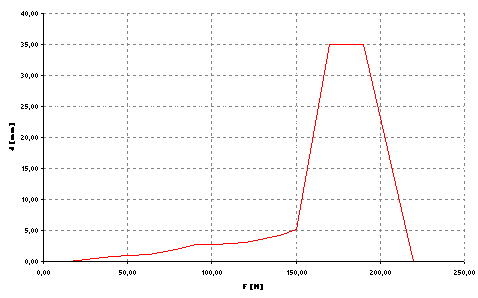
Towingtanktests
Next to this destructive work we did some towing tests with the wingtip. This is for the fellow Water-Bee flyers. It gives precise information to predict the behaviour of your Bee in case you are hit by a turbulence while takeoff or landing and your wingtip touches the surface.
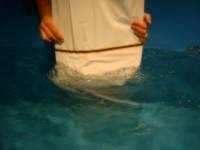 |
at low speeds, only smal waves are generated |
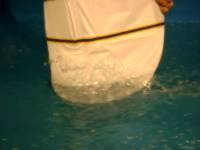 |
increasing the speed, a spray-blister occurs |
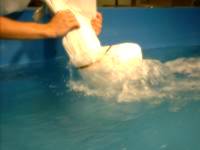 |
if your Bee ever hits the surface with this speed, start praying! |
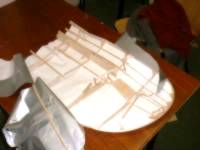 |
this shows, what will happen if you don't reduce your speed before hitting the surface |
Final Notice:
To all the children: Don't do this at home. The tests have all been done by specialists wearing the right protective clothing and working according to the well known IBWTR (International Bee Wing Testing Rules). Doing this at home can cause severe damage to your carpet or flooding your livingroom.
